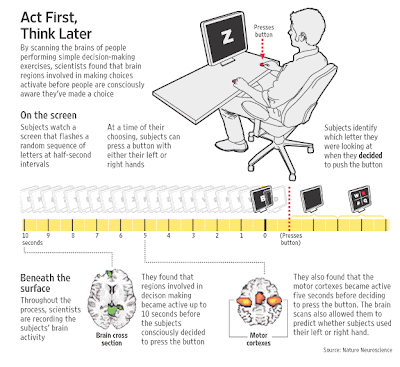 "All models are wrong, but some are useful."
"All models are wrong, but some are useful."So proclaimed statistician George Box 30 years ago, and he was right. But what choice did we have? Only models, from cosmological equations to theories of human behavior, seemed to be able to consistently, if imperfectly, explain the world around us. Until now. Today companies like Google, which have grown up in an era of massively abundant data, don't have to settle for wrong models. Indeed, they don't have to settle for models at all.
Well, this Wired article doesn't compute, at least in my eyes it doesn't, because any sample, no matter how large, is incomplete, thus necessitating insightful analysis (models) to determine as best as possible, why the data is what it is. Asking the right question is key to sound scientific theory (or data collection), something this article blissfully glosses over when stating the end of scientific theory is nigh. Maybe the author should have delved into Godel's Incompleteness Theorems before writing this because Godel proved that anything mathematical is incomplete including the data repositories of Google. On the reality side of things, quantum theory and (Heisenberg's Uncertainty Principle has everything covered.
Addedum: Click here to get another take on Godel's masterwork.
 Kurt Godel
Kurt GodelLast but not least, according to this piece, if you don't have huge samples of data, then nothing of significance can be accomplished. If so, maybe geniuses like Einstein, Newton and Bohr (among many others) should have postulated nothing because after all, they sampled hardly anything while putting out scientific theories that changed every aspect of civilization as we know it.




















